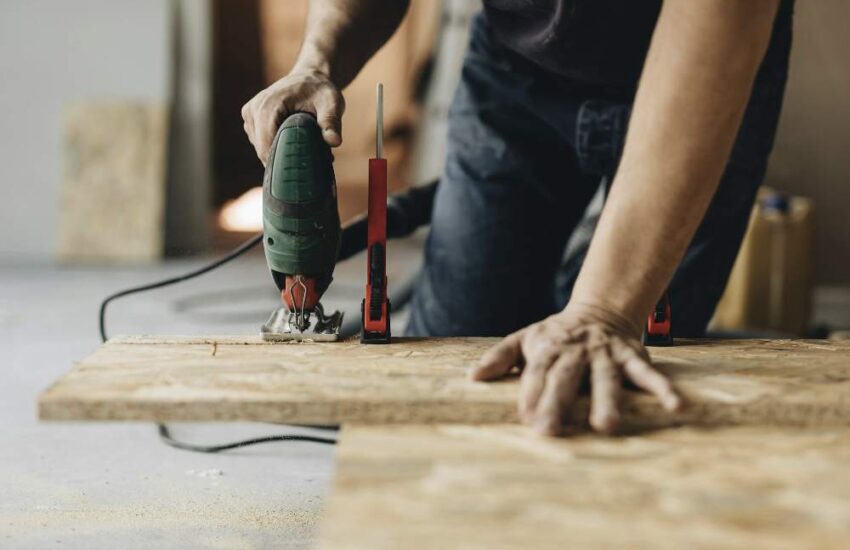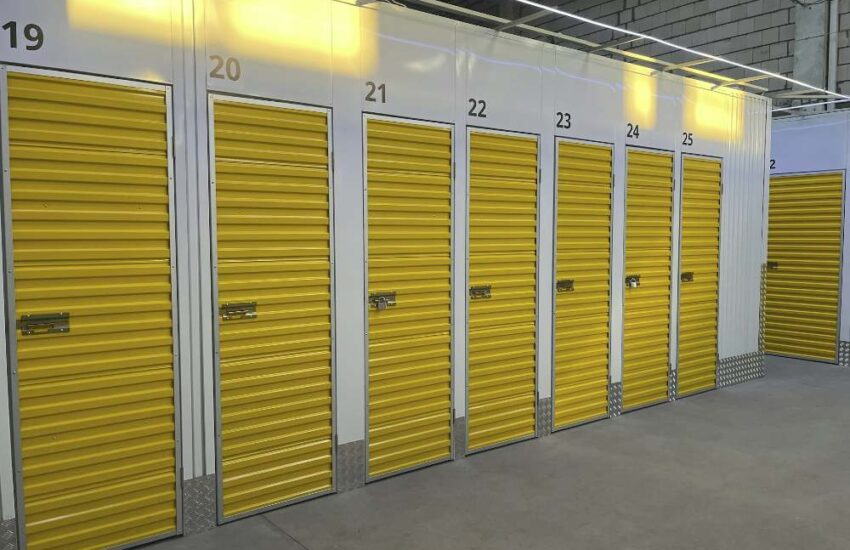6 Key Elements Needed For A Housing Project
A well-planned housing project is more than just bricks and mortar. It’s a carefully crafted environment designed to provide comfortable, sustainable living spaces for individuals and families. Housing projects vary in scope and design, but certain key elements consistently play a critical role in their success.
This blog post delves into the six essential components necessary for a housing project. Whether you’re an architect, a planner, a builder, or an intrigued reader, understanding these elements will provide a comprehensive view of what goes into creating a housing project that’s not only structurally sound, but also fosters a sense of community, enhances living standards, and integrates effectively with its surrounding environment.

Strap in as we embark on a journey to unpack these vital components, and illuminate the intricacies of designing and implementing a successful housing project.
Location, Location, Location
The first and perhaps most crucial element of a housing project is its location – the foundation upon which the success of the project is built. It’s essential to choose a site that not only meets the needs of residents and the surrounding community but also fosters a sense of belonging and convenience. Factors such as accessibility to basic amenities like schools, hospitals, markets, and public transport are critical considerations when selecting a location for a housing project. The site should also be in a safe and secure area with minimal environmental hazards. Additionally, the location should have ample space for future expansion and development, ensuring that the project remains relevant and adaptable in the long run.
Sustainable Design
The concept of sustainability is at the core of any modern-day housing project. Sustainable design involves creating living spaces that are energy-efficient, environmentally friendly, and cost-effective in the long run. From using renewable materials and energy sources to incorporating green spaces and water conservation systems, sustainable design not only benefits the planet but also improves the quality of life for residents.
It’s crucial to incorporate this element into the initial design phase to ensure that the project has a positive impact on both current and future generations. Just as a house needs a strong foundation, a housing project requires a sustainable design to thrive.
Quality Materials and Construction
The structural integrity of a housing project is crucial for its success. Using high-quality materials and following proper construction, standards not only ensures the safety of residents but also reduces maintenance costs in the long run. Steel is one of the most widely used materials in housing projects.
As noted by the folks from Network Steel, its strength, durability, and flexibility make it an ideal choice for constructing a variety of housing designs. With high-quality steel constructions, a housing project can withstand natural disasters, extreme weather conditions, and wear and tear over time. You may also consider using sustainable materials like bamboo or reclaimed wood, which not only offer structural support but also add aesthetic value to the project.
Community Integration
A successful housing project not only provides shelter but also aims to cultivate a strong sense of community. In addition to shared spaces like parks, playgrounds, and community centers, it is important to foster opportunities for residents to engage in social activities and form meaningful relationships.
By organizing events and programs that encourage interaction and collaboration, the project can create a vibrant and inclusive community where neighbors support and uplift each other. With a united and engaged community, the quality of life for all residents will flourish, fostering a harmonious and fulfilling living environment for everyone involved.
Infrastructure Development
Infrastructure development is fundamental in ensuring that a housing project functions smoothly and efficiently. This includes roads, drainage systems, water and sanitation networks, and electricity supply. Infrastructure should be designed to meet the specific needs of the project, taking into account factors like population growth and future expansion plans.
Additionally, it’s crucial to consider maintenance and repair costs when designing infrastructure to ensure its sustainability in the long run. Adequate infrastructure not only enhances the quality of life for residents but also increases the value of the housing project, making it a more attractive and desirable place to live.
Financial Viability
While the idea of creating a housing project that meets all the necessary components may sound appealing, it’s crucial to ensure its financial viability. This means conducting thorough market research and developing a realistic budget that takes into account all the various elements involved in the project.
It’s essential to carefully manage costs and seek funding opportunities to ensure that the project remains sustainable and profitable. Without proper financial planning, even the most well-planned housing project may face challenges in providing adequate and affordable housing for its residents.
As you can see, creating a successful housing project requires much more than just constructing buildings. By prioritizing these components and working towards a common goal, we can create housing projects that not only provide shelter but also foster thriving communities where individuals and families can flourish for generations to come.
So the next time you encounter a housing project, remember to look beyond the bricks and mortar and appreciate all the critical elements that went into making it a successful endeavor. Keep these six key elements in mind, and you’ll have a holistic understanding of what it takes to create an exceptional housing project. Thanks for reading!


